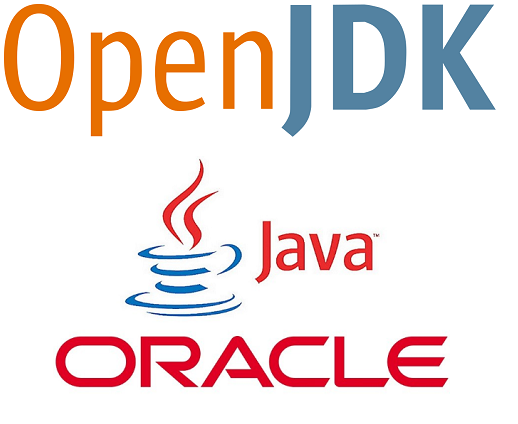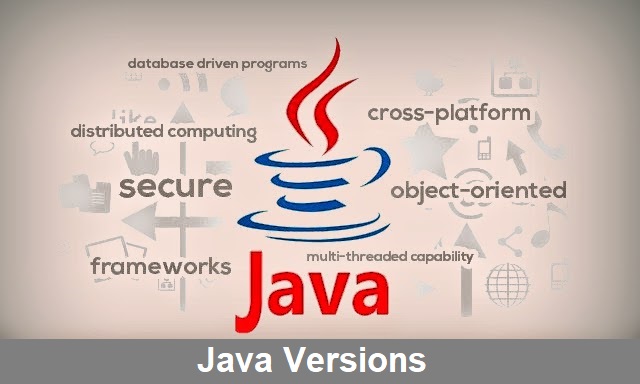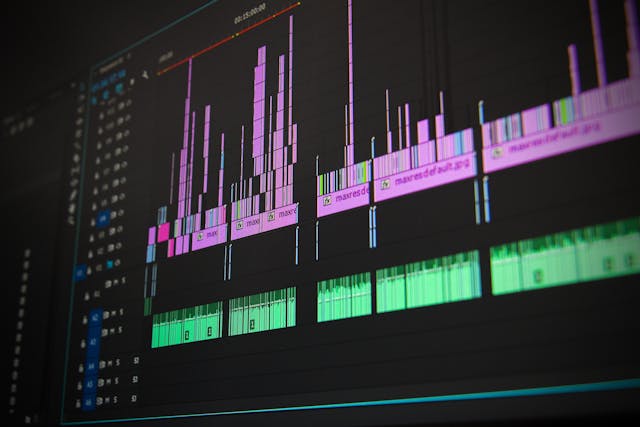There is a lot of buzz around users switching to OpenJDK from OracleJDK. Some are keen on it and some find it laborious and unnecessary. We too have debated on this in our previous blogs (Blog1, Blog2).
But, in the process of going with the flow, a lot of developers and engineers alike are sometimes grappling in the dark when it comes to the basic need or necessity for this migration.
In an endeavor to enlighten all of us, here are some of the basic facts and comparisons between OpenJDK and Oracle JDK
Licensing
OracleJDK: It was licensed under GPL (General Public License) License
OpenJDK: It was licensed under GNU GPL (General Public License) License
Development
OracleJDK: Developed by Sun Microsystems Inc.
OpenJDK: Developed by Oracle, OpenJDK & Java Community
Performance
OracleJDK: Provides performance as per OracleJDK’s development and implementation
OpenJDK: Provides high performance which was developed by some vendors on top of Oracle JDK
Scalability
OracleJDK: As per Oracle’s implementation
OpenJDK: Can be improved using other libraries or on top of Oracle JDK
Pricing
OracleJDK: Oracle’s Official implementation license
OpenJDK: Open Source and free implementation available for free use
Speed
OracleJDK: Normal as per OracleJDK implementation
OpenJDK: Third party vendors will be improving the speed of JVM by making some tweaks
Operating System
OracleJDK: Supports Microsoft Windows, Linux, Solaris, MacOS
OpenJDK: Supports FreeBSD, Linux, Microsoft Windows, Mac OS X
Ease of Use
OracleJDK: Can be used with any application development
OpenJDK: Can be used with any application development and other open source tools to improve the performance in the open source implementation model.
Having read and understood the above, we can say that all the operations and tasks that are currently being performed by OracleJDK can also be performed by OpenJDK. The stark difference lies in the licensing and other tools integration and implementation on top of the existing OracleJDK by Open JDK. There are many advantages of using OpenJDK in performance, scalability, and implementation. It can also be modified as per the requirement of the application.
The biggest advantage also is in the Secure Environment in which the OpenJDK community will continue to be updated for critical bugs and security fixes. This will be a boost towards and secure and trustworthy development environment.












